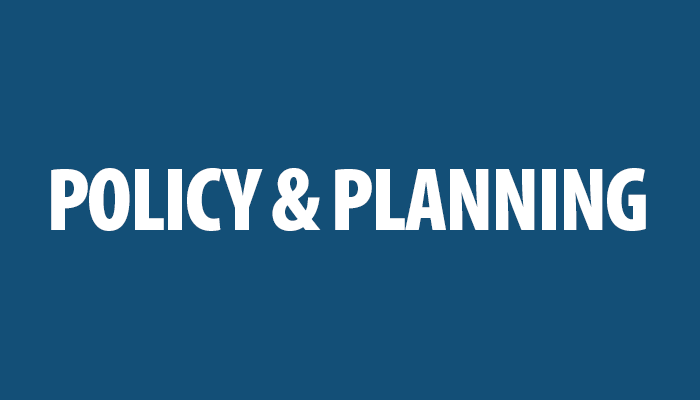A basin flood management plan starts with setting goals that are largely guided by regional development objectives and driven by the need to reduce flood risks, secure livelihoods, sustain economic development and preserve environmental quality. Various steps in drawing up a basin plan are briefly listed below. After designing the process for stakeholder participation in basin planning, the first step is flood risk assessment, which is followed by problem analysis including assessment of vulnerability. Based on these, the goals and scope of the plan are defined. While problem analysis may not require inputs from all the stakeholders, particularly the community and the general public, setting the goals and drafting an action plan require close consultation with all stakeholder groups.
Step 1: Process design
-
Identify the stakeholders
-
In the absence of a river basin organization (RBO), set up a flood management committee
-
Draft shared visions reflecting shareholders’ needs and concerns
-
Launch a public awareness campaign to keep the public informed and ensure citizen participation in decision-making, implementation and review
-
Identify information required and develop data collection methodology
Step 2: Risk assessment (to be presented in the forms of maps, tables and graphs)
- Create a database inventory determining:
– Current land-use practices
– Potential future land-use patterns
– Patterns of human settlement- Location of resources (natural and artificial)
– Map the natural courses of the river - Undertake hazard assessment from a multi-hazard perspective
- Check to ensure that the risks identified are the same as those perceived by all stakeholders
- Facilitate the risk assessment at the local level
Step 3: Problem analysis
- Conduct vulnerability and capacity assessment (VCA) to determine the people and areas at risks
- Identify the human factors that contribute to flooding
- Identify the flood plain areas in terms of their risk level with respect to different magnitudes of floods
- Identify the boundaries of the flood plain in terms of a particular design flood
Step 4: Setting goals
- Determine objectives based on risk assessment results and vision
- Decide the scope of the plan (geographical area, economic resources, affected population, political boundaries)
Step 5: Draft an action plan
- Evaluate various possible measures to address flood risks within the given scope such as land-use planning, building codes, zoning, conservation, drainage improvement, etc.
- Develop an action plan listing specific activities, roles and responsibilities of key stakeholders
- Conduct environmental and social impact assessment to determine the impact of the proposed plan
- Set the timeline and the expected results
- Carry out economic analysis and financing arrangements
- Set monitoring, evaluation and review procedures
- Widely disseminate the draft plan, particularly to all those who are directly effected
Step 6: Approval of the Plan
- Approval of the plan
For more information, please refer to “Formulating a Basin Flood Management Plan“.
